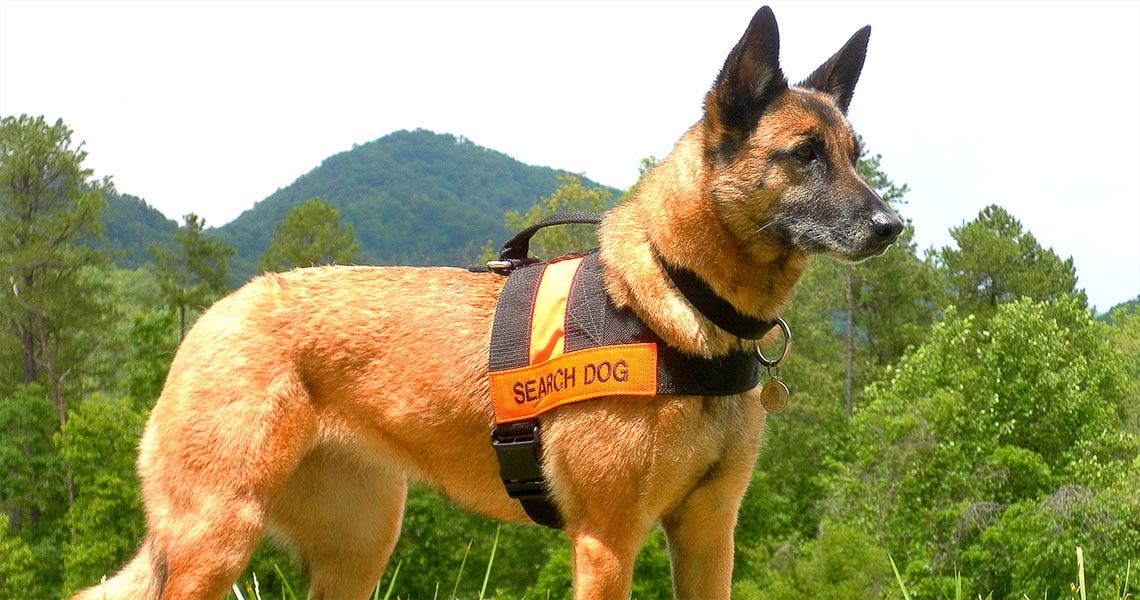How Does the Environment Influence K9 Search and Rescue?

We can count on man's best friend to be by our side not only in our personal lives but also on the job. Working dogs perform a crucial function on search and rescue missions. A dog's sense of smell is significantly stronger than a human's. Along with superior tracking abilities, Search and rescue (SAR) canines prove to be invaluable members of response teams. Natural disasters play a large role in why people go missing, claiming an average of 68,000 deaths per year worldwide.
Luckily, natural disasters don't always need to end in disaster and loss of lives. With the help of K9 search and rescue along with the Kestrel weather meter, we can be better prepared to respond when disaster strikes and save lives.
What Makes Dogs Special for Search and Rescue?
Search and rescue dogs undergo rigorous training that lasts 12-18 months. Dogs can detect scents in parts per trillion, making them exceptionally efficient at search and rescue.
There are numerous types of dogs that are best suited for search and rescue. These dog breeds include Labrador retrievers, German shepherds, bloodhounds, Australian shepherds, Newfoundlands, schnauzers, border collies, and golden retrievers. There are many mixed breed dogs that also serve as fantastic search and rescue dogs.
Types of Rescue Dogs
While many different breeds can work in search and rescue, there are different categories with scent training. Dogs can serve for search and rescue in terms of tracking scents, air scents, avalanche, water search, and cadaver dogs. Cadaver dogs are the designated natural disaster search and rescue dogs, looking for humans by sniffing scents that rise from the ground.
Search and rescue dogs can have accuracy rates between 75%-100%, with an average of 91%. However, environmental factors can play a role in the accuracy rate.
Not only is the accuracy rate of search K9s impressive, they can also pick up scents that are considerably old. The record is held by bloodhounds that picked up a scent from the bodies of hikers. The scent was 13 days old.
Environmental Factors that Impact K9 Search and Rescue
Air flow is one of the major environmental factors that affect scent. Human skin rafts are carried along the air currents and warm or cool air impacts how the rafts are carried. Warm air makes the rafts rise while cool air sinks. Even the time of day, sunlight, and the temperature of the ground can influence airflow patterns.
Tracking and paying mind to environmental conditions can help search and rescue dogs have the highest success rates possible. It's recommended to have search dogs on the trail during the morning with cool air falling downslope.
With instruments such as Kestrel weather meters, you can keep an eye on the weather during all types of search and rescue missions. Kestrel weather meters track elements including wind speed, wind direction, temperature, and humidity.
Count on Kestrel Weather Meters for Search and Rescue
Search and rescue teams and law enforcement professionals rely on Kestrel weather trackers to help save lives. The Kestrel 3500 Weather Meter and Kestrel DROP Data Loggers are the most popular instruments used for search and rescue efforts. Explore our line of meters and discover the world's most reliable weather trackers.








